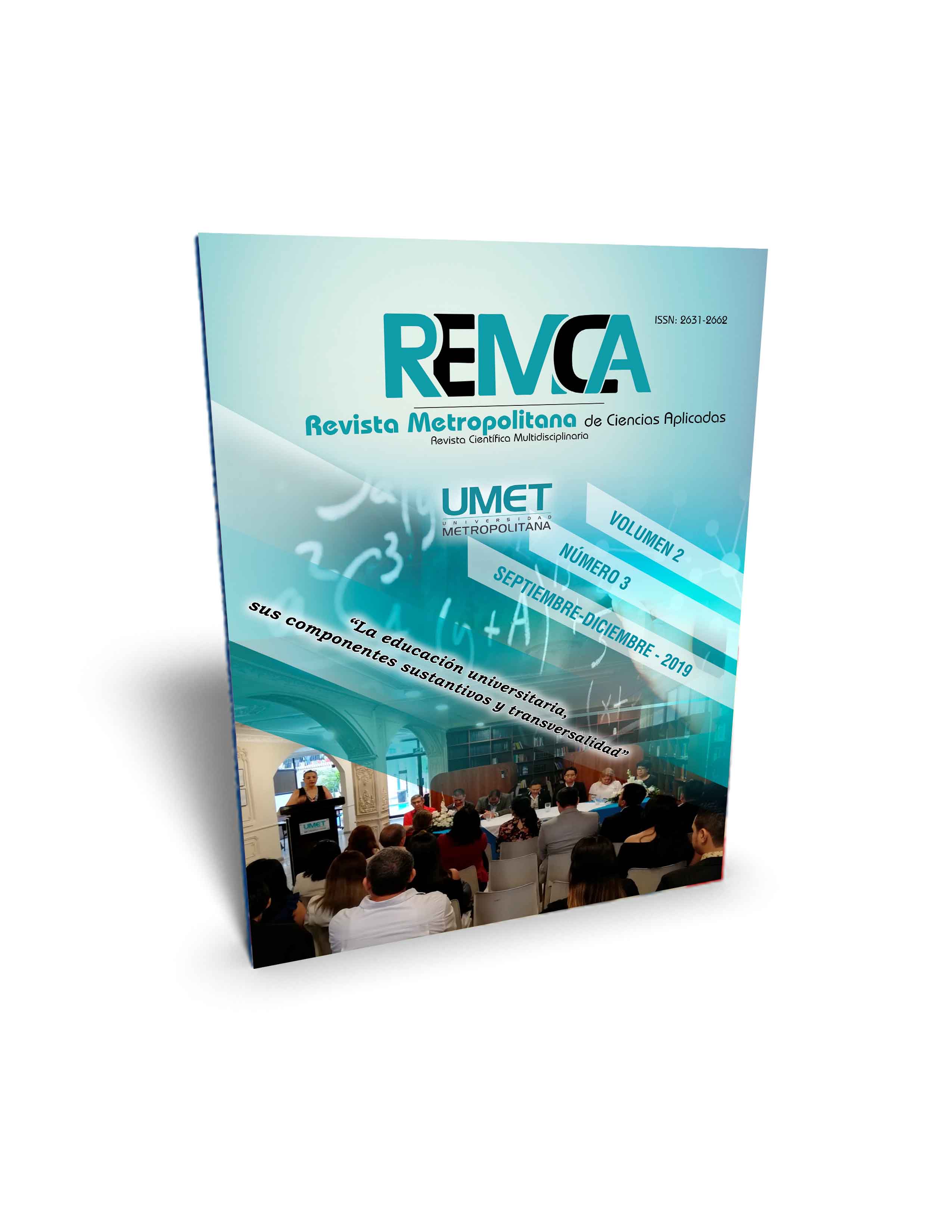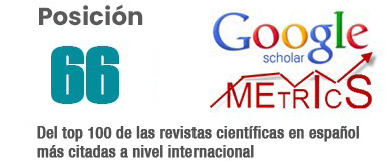Gender equality and human development. Special reference to the republic of Ecuador
DOI:
https://doi.org/10.62452/47tsy678Keywords:
Human Development, gender equality, gender inequality, whole protection of womenAbstract
Human development is a process directly linked to the continuous improvement of people's living conditions, so that they can meet their basic needs, through access to the goods and services necessary for that purpose, and consequently develop in an environment in which their human rights are guaranteed and respected.
From that point of view, human development is directly linked to the options that society offers to each individual, so that he can develop fully. There are several indexes and indicators of human development, essential in guaranteeing human rights, and increasing the quality of life of people, but in recent years particular attention has been paid to the index of gender inequality, problematic not resolved in the world, and particularly in the Republic of Ecuador, in that sense, at the Metropolitan University of Ecuador, projects are developed that are included in the Program for the prevention and protection of women victims of gender violence, of the same In the same way, a doctoral thesis is elaborated on the application of the constitutional principles of human rights in a whole protection of women in the Republic of Ecuador, precisely this article is the result of this investigative work. Of indisputable topicality and importance.
Downloads
References
Comisión Económica para América Latina y el Caribe. (2016). Agenda 2030 y los Objetivos de Desarrollo Sostenible Una oportunidad para América Latina y el Caribe. Santiago de Chile: CEPAL.
Ecuador. Asamblea Nacional Constituyente. (2008). Constitución Política de la República del Ecuador. Registro Oficial 449. Quito: Asamblea Nacional Constituyente.
Ecuador. Asamblea Nacional. (2014). Código Orgánico Integral Penal. Quito: Asamblea Nacional.
Ecuador. Consejo de la Judicatura. (2018). Ley para Prevenir y Erradicar la Violencia Contra las Mujeres. (2018). Registro Oficial Suplemento 175. Quito: Consejo de la Judicatura.
Ecuador. Ecuador. Secretaría Nacional de Planificación y Desarrollo. (2017). Plan Nacional de Desarrollo 2017-2021, “Toda Una Vida”. Quito: SENPLADES.
Ecuador. Instituto Nacional de Estadísticas y Censos. (2011). Encuesta Nacional de Violencia contra las Mujeres. Quito: INEC.
Goyas Céspedes, L., Zambrano Noles, S, P., & Cabanes Espino, I. (2018). Violencia contra la mujer y regulación jurídica del femicidio en Ecuador. DiKe Revista de investigación en Derecho, Criminología y Consultoría Jurídica, 12(23). Recuperado de http://www.apps.buap.mx/ojs3/index.php/dike/article/view/634/523
Organización de las Naciones Unidas para la Educación, la Ciencia y la Cultura. (2014). Indicadores UNESCO de Cultura para el Desarrollo. Paris: UNESCO.
Organización de las Naciones Unidas. (1979). Convención para la eliminación de todas las formas de discriminación contra las mujeres. Recuperado de https://www.ohchr.org/sp/professionalinterest/pages/cedaw.aspx
Organización de las Naciones Unidas. (1990). Informe de Desarrollo Humano. New York: ONU.
Organización de las Naciones Unidas. (2018). Índices e indicadores de desarrollo humano. Actualización estadística de 2018. Recuperado de http://hdr.undp.org/sites/default/files/2018_human_development_statistical_update_es.pdf
Peces-Barba, G, Fernández, E., & De Asís, R. (1999). Curso de Teoría. del Derecho, Barcelona: Editorial Marcial Pons.
Solís San Vicente, S. (2015). Igualdad de género: una condición del desarrollo humano TSU Revista trabajo social, UNAM, 10, 11-24. Recuperado de http://www.revistas.unam.mx/index.php/ents/article/download/56343/49981
Downloads
Published
Issue
Section
License
Copyright (c) 2019 Silvia Zambrano Noles, Iris Cabanes Espino, Jorge Darío Salinas Pacheco, Lianet Goyas Céspedes, Lisett Goyas Céspedes (Autor/a)

This work is licensed under a Creative Commons Attribution-NonCommercial-ShareAlike 4.0 International License.
Authors who publish in Revista Metropolitana de Ciencias Aplicadas (REMCA), agree to the following terms:
1. Copyright
Authors retain unrestricted copyright to their work. Authors grant the journal the right of first publication. To this end, they assign the journal non-exclusive exploitation rights (reproduction, distribution, public communication, and transformation). Authors may enter into additional agreements for the non-exclusive distribution of the version of the work published in the journal, provided that acknowledgment of its initial publication in this journal is given.
© The authors.
2. License
The articles are published in the journal under the Creative Commons Attribution-NonCommercial-ShareAlike 4.0 International License (CC BY-NC-SA 4.0). The terms can be found at: https://creativecommons.org/licenses/by-nc-sa/4.0/deed.en
This license allows:
- Sharing: Copying and redistributing the material in any medium or format.
- Adapting: Remixing, transforming, and building upon the material.
Under the following terms:
- Attribution: You must give appropriate credit, provide a link to the license, and indicate if any changes were made. You may do this in any reasonable manner, but not in any way that suggests the licensor endorses or sponsors your use.
- NonCommercial: You may not use the material for commercial purposes.
- ShareAlike: If you remix, transform, or build upon the material, you must distribute your creation under the same license as the original work.
There are no additional restrictions. You may not apply legal terms or technological measures that legally restrict others from doing anything the license permits.




